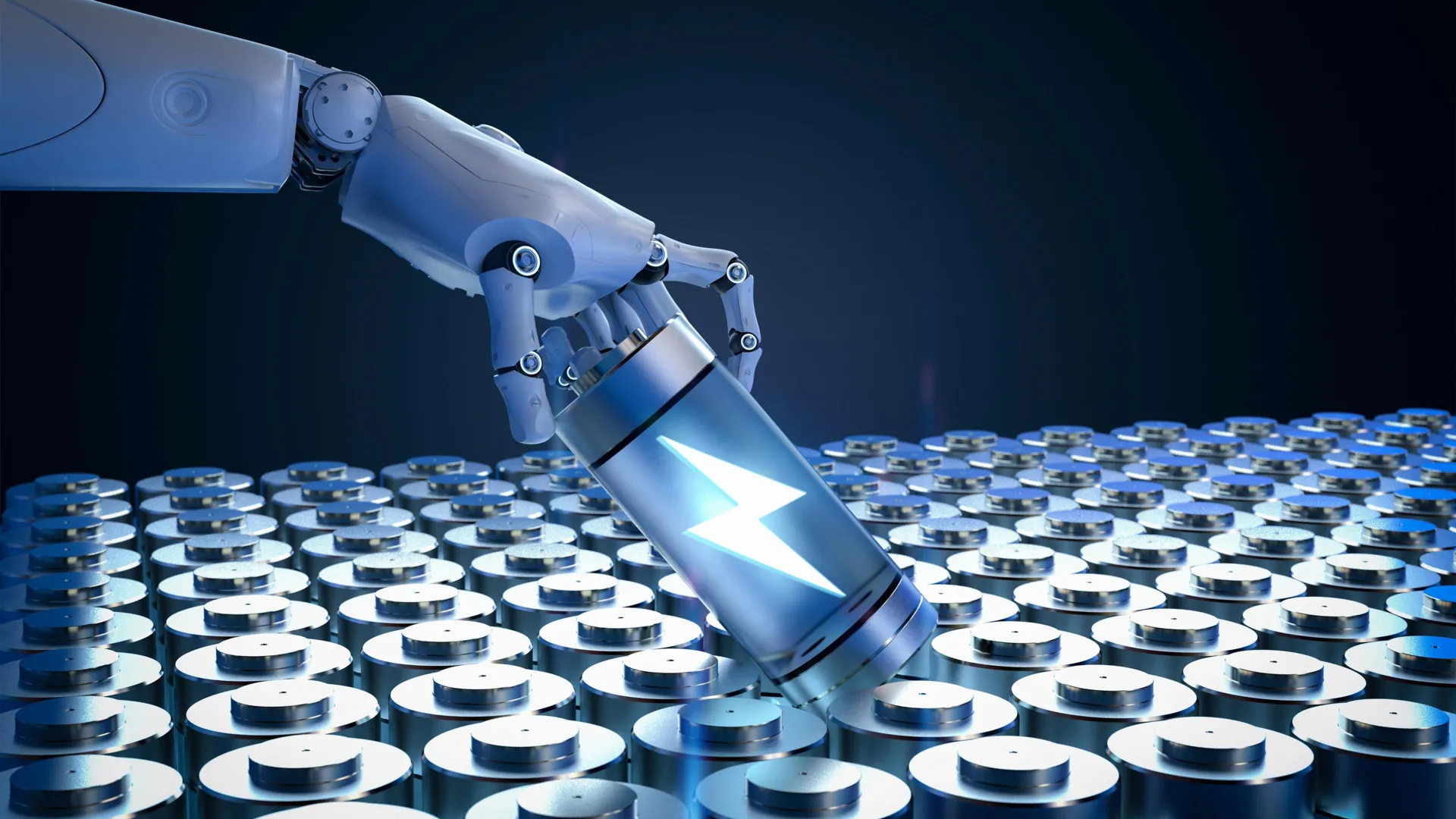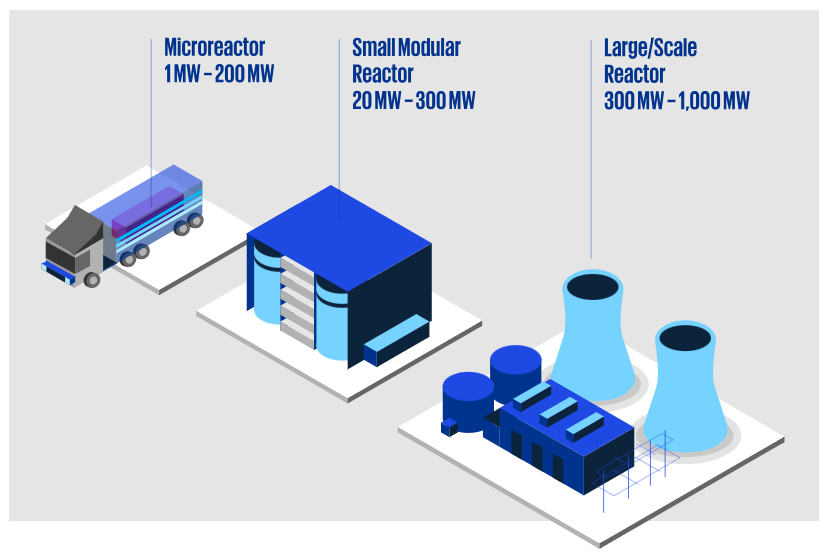The year 2025 witnesses rapid advancements in energy innovations that are set to transform sustainability and industrial efficiency worldwide. Among the most promising developments are the expansion of Small Modular Reactors (SMRs) and the deployment of smart grid technologies, redefining how energy is produced, stored, and consumed.
Small Modular Reactors: Clean, Scalable, and Reliable Energy
SMRs represent a breakthrough in nuclear energy technology, characterized by their compact size, modular construction, and high energy efficiency with very low emissions. Unlike traditional nuclear plants, SMRs offer flexibility tailored to specific industrial needs and are less vulnerable to weather conditions compared to renewable sources like wind and solar. This makes them a compelling option for industries aiming to reduce carbon footprints while securing stable power supplies.
Despite currently facing regulatory and investment hurdles, SMRs hold significant potential as sustainable energy providers, capable of supporting long-term decarbonization and energy security goals. Their scalable nature allows enterprises to optimize energy usage and lower operational costs gradually.
Smart Grids: Intelligent Energy Management for Efficiency and Resilience
The rise of smart grid systems is among the critical trends in 2025, utilizing digital technology and advanced communication systems to manage energy flow more effectively. Smart grids enable real-time adjustment of energy production based on demand, integrating renewable energy sources with traditional power generation and storage solutions.
For industrial facilities, smart grids bring enormous benefits by minimizing energy losses, enhancing system reliability, and enabling rapid fault detection. Real-time energy consumption monitoring empowers businesses to optimize their usage patterns, reduce peak-time loads, and leverage renewables efficiently. This contributes to cost savings and a more resilient energy infrastructure.
Renewable Energy Integration and Energy Storage
Alongside SMRs and smart grids, renewable energy sources—especially solar and wind—continue to grow in adoption. In 2025, industrial-scale installations of photovoltaic systems, wind turbines, and biomass/biogas technologies are becoming mainstream strategies to cut energy costs and emissions. Coupled with energy storage systems, these renewables improve self-consumption rates and buffer the intermittency of green power.
Looking Ahead
Together, SMRs, smart grids, and renewables form an integrated approach to achieving sustainable energy transitions in industrial sectors. While challenges remain—in policy, investment, and technology maturation—the trends in 2025 demonstrate clear momentum toward cleaner, smarter, and more adaptable energy systems vital for a greener future.
This convergence of innovative technologies is not only reducing environmental impact but also making energy supply more dependable and cost-efficient, setting the stage for transformative shifts in how industries power their operations in the coming decades.










